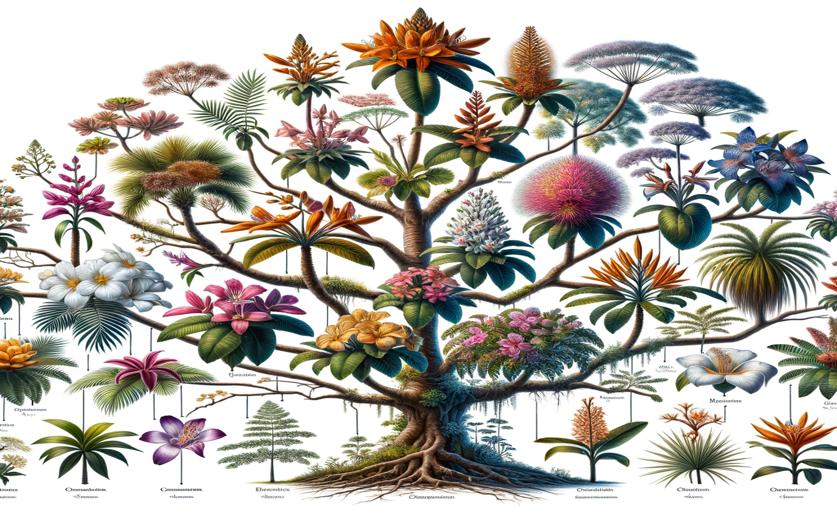
Family Tree and Flower Evolution in the Tropical Connaraceae Family
Jim Crocker
4th August, 2024

Image Source: Natural Science News, 2024
Key Findings
- The study, conducted by the University of Basel, used phylogenomic data to revise the classification of the Connaraceae plant family
- Researchers identified two main clades within Connaraceae, leading to the creation of a new subfamily, Manotoideae, for the African genus Manotes
- The study suggests that tristyly, a complex floral polymorphism, may have been the ancestral reproductive system in Connaraceae, highlighting the family's diverse and labile floral evolution
GeneticsPlant ScienceEvolution
References
Main Study
1) Phylogenomics of the pantropical Connaraceae: revised infrafamilial classification and the evolution of heterostyly
Published 3rd August, 2024
https://doi.org/10.1007/s00606-024-01909-y
Related Studies
2) A Comprehensive Phylogenomic Platform for Exploring the Angiosperm Tree of Life.
3) 'A most complex marriage arrangement': recent advances on heterostyly and unresolved questions.
4) The genetic architecture of tristyly and its breakdown to self-fertilization.



 26th June, 2024 | Jenn Hoskins
26th June, 2024 | Jenn Hoskins